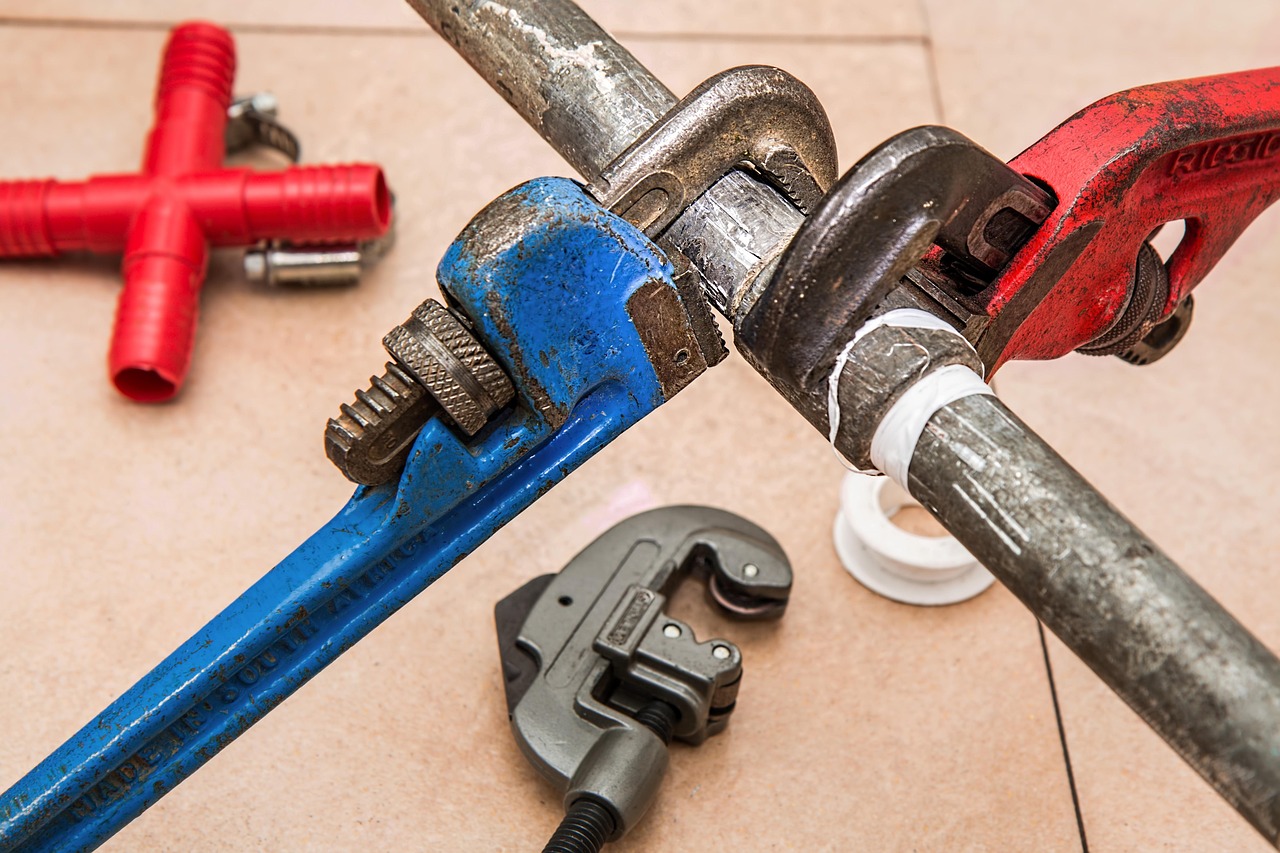Maintenance - Part 3
Maintenance of Vertical Gardens - Part 3
1. Pruning
Regular pruning is essential to maintain the health and appearance of your vertical garden. Trim back any overgrown or dead foliage to promote new growth and prevent diseases. Use sharp, clean pruning shears to make precise cuts without damaging the plants.
2. Watering
Proper watering is crucial for the survival of your vertical garden. Check the moisture levels regularly and adjust your watering schedule based on the needs of the plants. Overwatering can lead to root rot, while underwatering can cause wilting and poor growth.
3. Fertilizing
Provide your vertical garden with the necessary nutrients by fertilizing it regularly. Choose a balanced fertilizer that is suitable for the types of plants in your garden. Follow the instructions on the fertilizer package to avoid over-fertilization, which can harm the plants.
4. Pest Control
Keep an eye out for pests that may infest your vertical garden, such as aphids, mealybugs, or spider mites. Inspect the plants regularly and treat any infestations promptly to prevent them from spreading. Consider using natural pest control methods to minimize the use of chemicals.
5. Monitoring
Regularly monitor the overall health of your vertical garden by checking for signs of nutrient deficiencies, diseases, or stress. Address any issues promptly to prevent them from affecting the entire garden. Pay attention to changes in growth patterns, leaf color, and plant vigor.

By following these maintenance tips, you can ensure that your vertical garden thrives and remains a beautiful addition to your space. With proper care and attention, your vertical garden will continue to impress and inspire for years to come.
Check out Gardening Know How for more information on vertical gardening.
